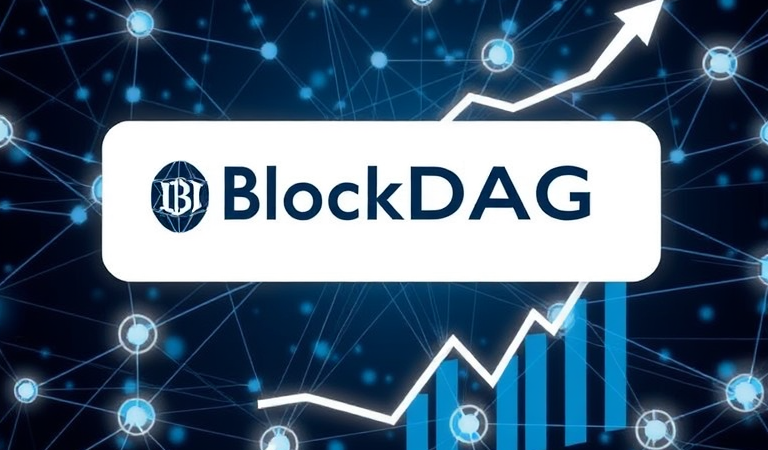Novice’s Manual for Programming interface The board: Key Ideas and Wording Made sense of

In the present computerized scene, Application Programming Connection points (APIs) assume a vital part in associating programming applications, empowering consistent correspondence, and driving development. For associations hoping to use APIs successfully, a strong comprehension of Programming interface the executives is fundamental. This guide will present key ideas and wording in Programming interface the executives, giving a basic comprehension to fledglings.
What is Programming interface The board?
Programming interface the board envelops the cycles, devices, and strategies used to make, distribute, report, and break down APIs in a solid and versatile way. It fills in as an extension between the Programming interface supplier and the purchaser, guaranteeing that APIs are solid, secure, and effectively open.
The Significance of Programming interface The executives
As organizations progressively depend on APIs to improve their administrations and incorporate with outsider applications, viable Programming interface the executives becomes basic. It helps associations to:
Further develop Designer Experience: Smoothed out processes make it simpler for engineers to access and utilize APIs.
Improve Security: Safeguard touchy information by carrying out validation and approval measures.
Screen Execution: Track Programming interface use and execution measurements to advance effectiveness.
Work with Adaptability: Oversee Programming interface traffic to guarantee that frameworks can deal with expanding loads without compromising execution.
Key Ideas in Programming interface The board
1. Programming interface Door:
A Programming interface door goes about as a solitary section point for Programming interface demands. It handles demands by directing them to the proper backend administrations. Key elements of a Programming interface passage include:
Demand Steering: Guiding approaching Programming interface calls to the right assistance.
Rate Restricting: Controlling the quantity of solicitations a client can make in a given time span.
Security: Upholding validation and approval conventions.
2. Programming interface Lifecycle The board:
Programming interface lifecycle the executives alludes to the cycles engaged with the creation, sending, and retirement of APIs. The key stages include:
Configuration: Arranging and characterizing the Programming interface design, endpoints, and functionalities.
Improvement: Composing the code that drives the Programming interface.
Testing: Guaranteeing that the Programming interface fills in as expected and satisfies quality guidelines.
Organization: Delivering the Programming interface to clients and making it available.
Checking and Investigation: Consistently following execution measurements and client communications to distinguish regions for development.
Retirement: Getting rid of obsolete APIs while guaranteeing that customers are educated and furnished with choices.
3. Programming interface Documentation:
Complete Programming interface documentation is fundamental for guaranteeing that engineers can really use the Programming interface. It ordinarily incorporates:
Getting everything rolling Aides: Directions for introductory arrangement and use.
Endpoint Portrayals: Point by point clarifications of every Programming interface endpoint, including demand types, boundaries, and reaction designs.
Code Models: Test code bits to assist designers with understanding how to coordinate with the Programming interface.
4. Verification and Approval:
Getting APIs is indispensable to safeguard delicate information and guarantee that main approved clients can get to specific functionalities. Normal strategies include:
Programming interface Keys: Special identifiers passed alongside solicitations to validate clients.
OAuth: A convention that permits outsider applications to get to client information without sharing passwords, frequently utilized for social logins.
JWT (JSON Web Tokens): A conservative approach to safely communicate data between parties, frequently utilized for client verification.
5. Rate Restricting and Choking:
Rate restricting controls the quantity of solicitations a client can make inside a particular period. Choking, then again, dials back the reaction for demands once an edge has been surpassed. The two systems are fundamental for keeping up with Programming interface execution and forestalling misuse.
6. Forming:
As APIs develop, forming becomes important to oversee changes without disturbing existing incorporations. Normal forming systems include:
URI Forming: Incorporating the rendition number in the Programming interface endpoint (e.g.,/v1/asset).
Header Forming: Determining the adaptation in the solicitation headers.
7. Investigation and Observing
Observing Programming interface utilization is vital for figuring out execution and client conduct. Key measurements to follow include:
Reaction Time: How rapidly the Programming interface answers demands.
Blunder Rates: The recurrence of mistakes experienced by clients.
Use Measurements: Experiences into which endpoints are most often gotten to.
End
Programming interface the executives is a fundamental part of current programming improvement and advanced change. By understanding the vital ideas and wording illustrated in this aide, novices can begin to see the value in the basic job APIs play in driving development and empowering consistent reconciliation across stages. As associations proceed to take on and depend on APIs, successful administration practices will be essential in guaranteeing that these advanced resources are secure, solid, and fit for supporting future development. Whether you are an engineer, project director, or business pioneer, getting a handle on the essentials of Programming interface the board is the most vital move toward tackling the maximum capacity of APIs in your association.



